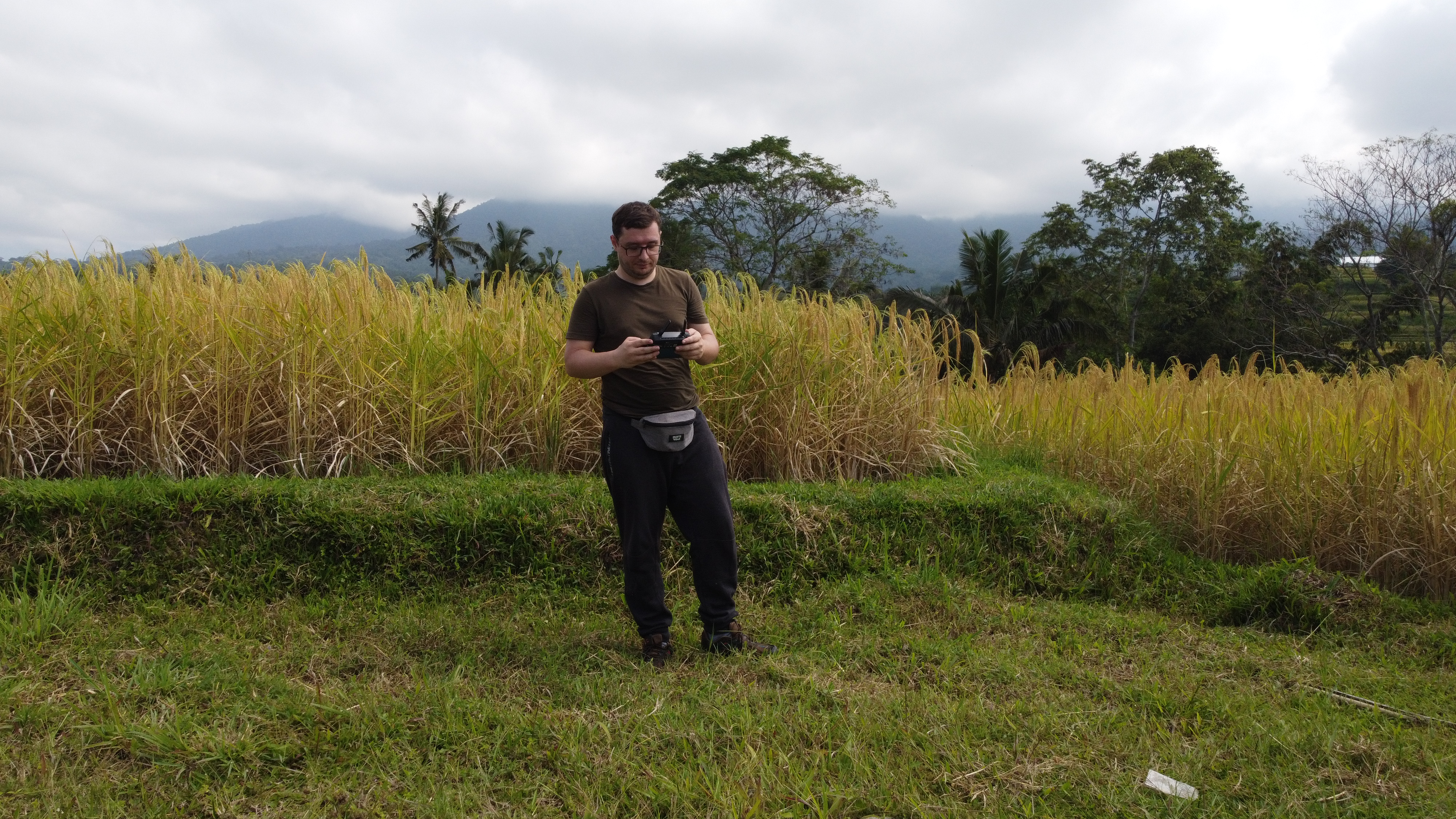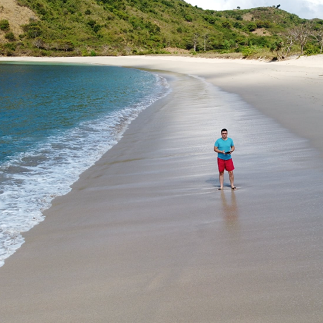Journey to Serenity: Exploring the Jatiluwih Rice Terraces in Bali
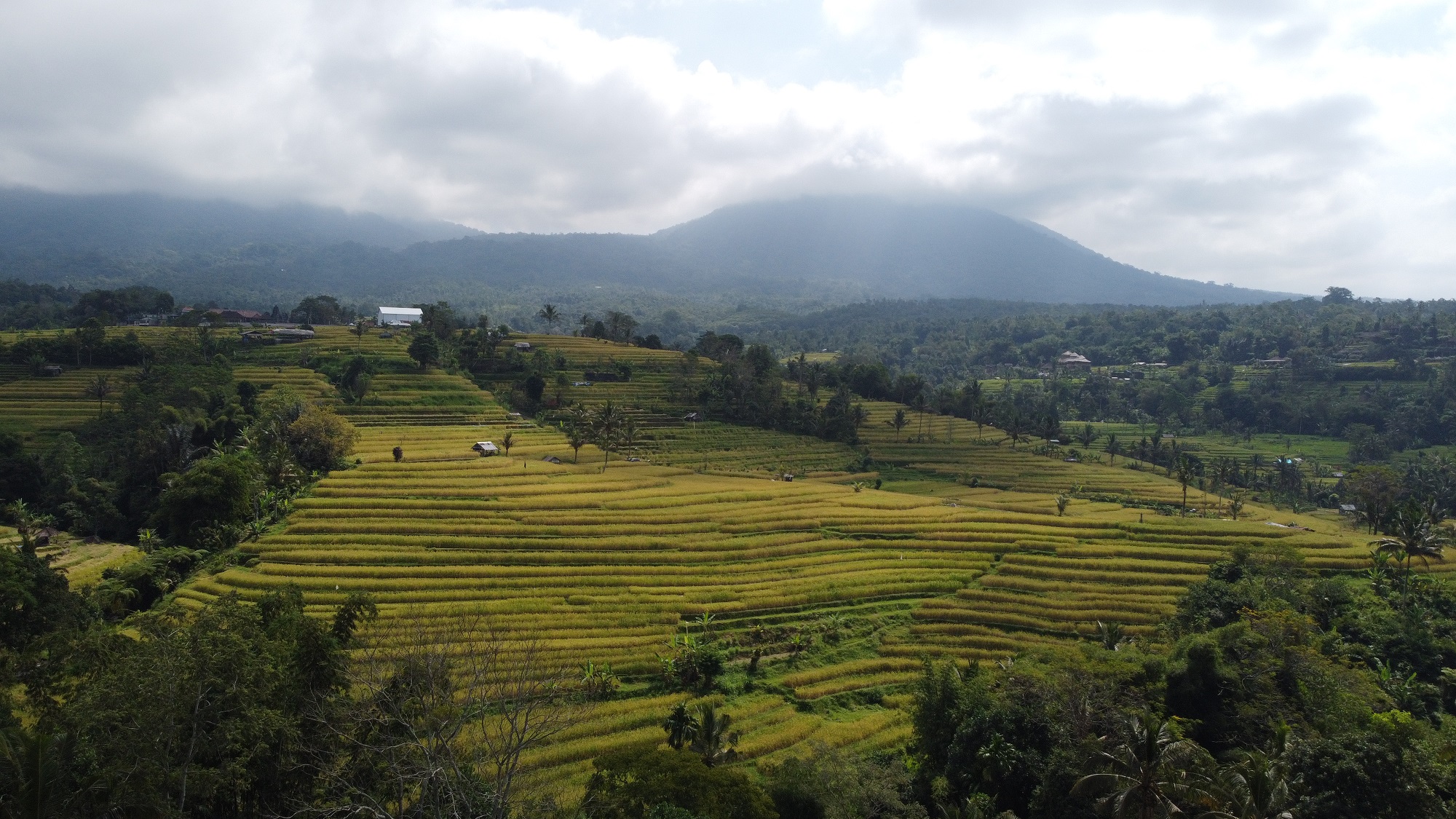
Bali, Indonesia, often referred to as the "Island of the Gods," is a place of unparalleled natural beauty and cultural richness. While this island is known for its pristine beaches and vibrant nightlife, it also hides a quieter, more tranquil side, exemplified by the breathtaking Jatiluwih rice terraces. Nestled in the heart of Bali, these terraces are a testament to both the island's agricultural prowess and its serene rural landscapes.
Imagine a sea of emerald-green rice paddies, stretching as far as the eye can see, surrounded by lush tropical forests and framed by towering mountains. This is the mesmerizing beauty of the Jatiluwih rice terraces. Located in the Tabanan Regency, these terraces are a UNESCO Cultural Landscape, recognized for their unique and sustainable agricultural practices.
The Jatiluwih rice terraces are not just a feast for the eyes but also a testament to the agricultural expertise of the Balinese people. The subak system, a traditional irrigation system that dates back over a thousand years, is used to manage the water supply for these terraces. The intricate network of canals and weirs ensures that each rice paddy receives just the right amount of water, creating a sustainable and productive farming environment.
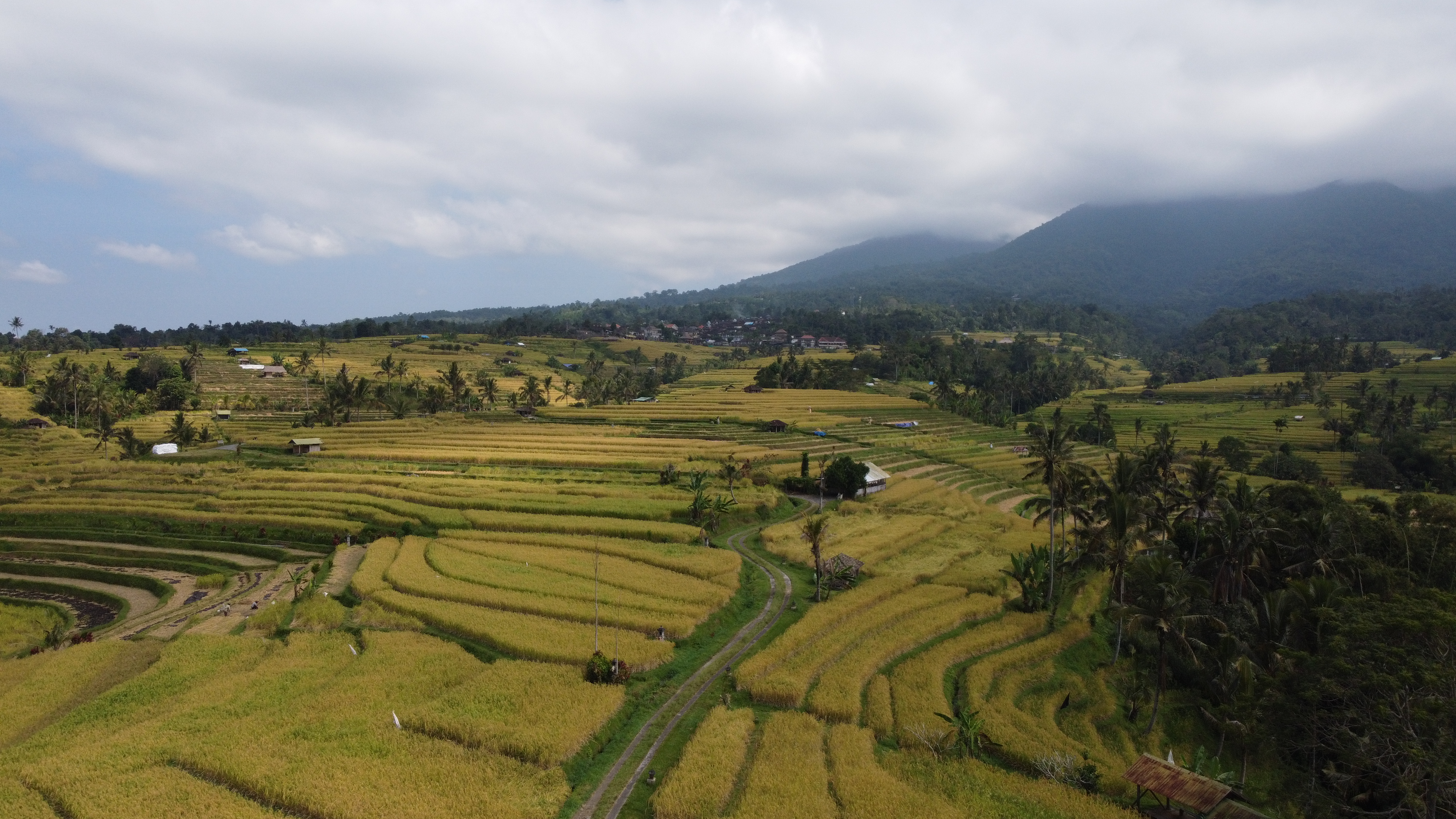
Visiting the Jatiluwih rice terraces is like stepping into a postcard. The best way to explore them is by taking a leisurely walk or renting a bicycle. As you meander along the narrow paths that crisscross the paddies, you'll be treated to ever-changing perspectives of the terraces, the mountains, and the traditional Balinese houses that dot the landscape.
One of the most iconic experiences in Jatiluwih is the Bali Swing. Perched high above the terraces, this attraction offers thrill-seekers a chance to swing out over the lush greenery, providing a unique perspective of the rice paddies and the surrounding countryside. It's a heart-pounding adventure that promises an adrenaline rush and unforgettable views.
After exploring the terraces, you can savor a delicious meal at one of the local warungs (small eateries). Don't miss the opportunity to try some authentic Balinese cuisine, which often features rice as a central component, complemented by flavorsome spices and tropical fruits.
While you're in the Jatiluwih area, make sure to engage with the local culture. You may come across traditional ceremonies, where the villagers offer blessings to the rice fields and pray for a bountiful harvest. These cultural experiences provide insight into the spiritual and communal aspects of Balinese life.
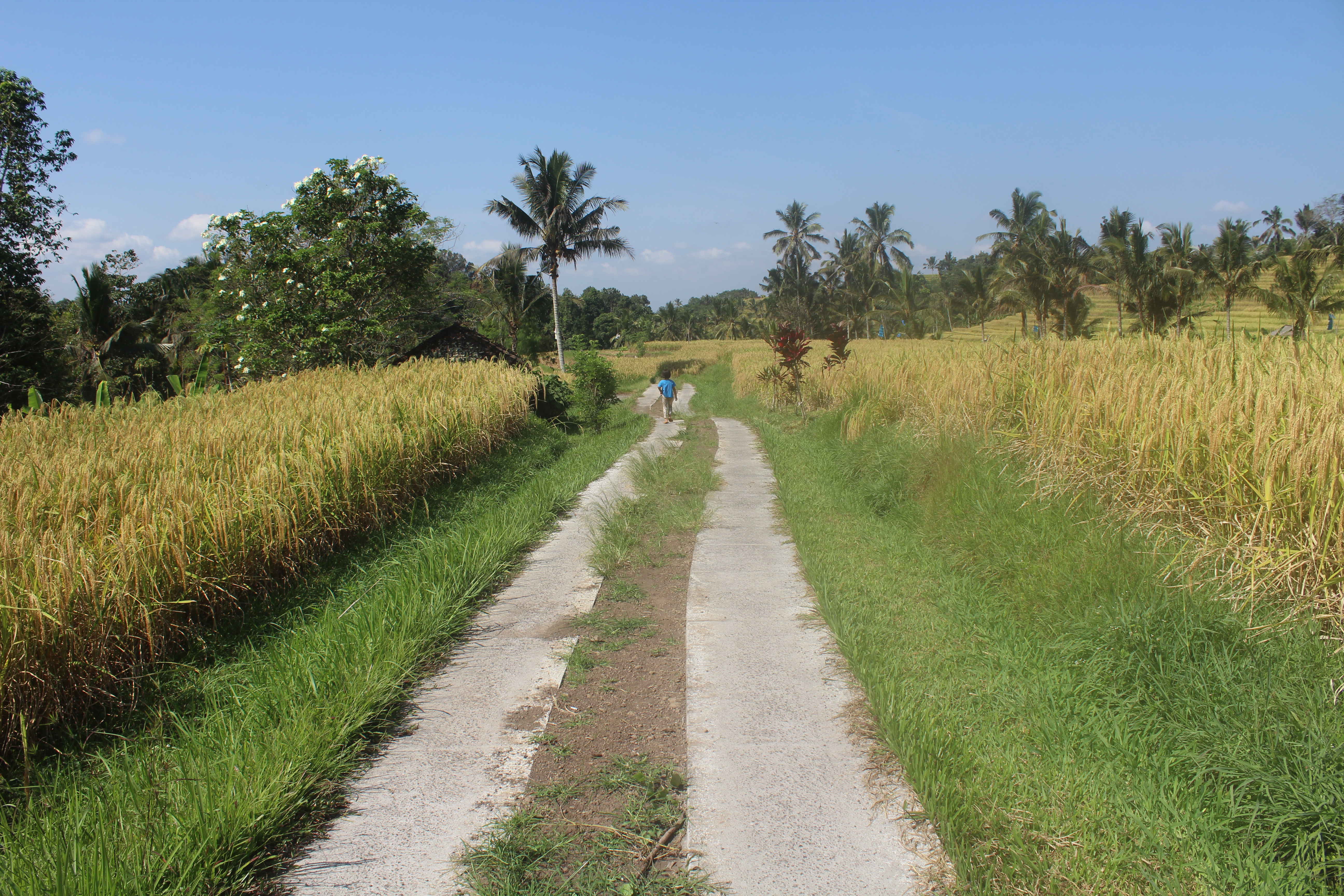
Best Time to Visit: The best time to explore the Jatiluwih rice terraces is during the dry season, from May to September, when the weather is pleasant, and the rice paddies are at their greenest.
Entrance Fee: A nominal entrance fee is charged to support the maintenance of the terraces and the local community.
Getting There: Jatiluwih is approximately a 2-hour drive from Bali's main tourist areas, such as Ubud and Kuta. You can hire a driver, join a tour, or rent a scooter to get there.
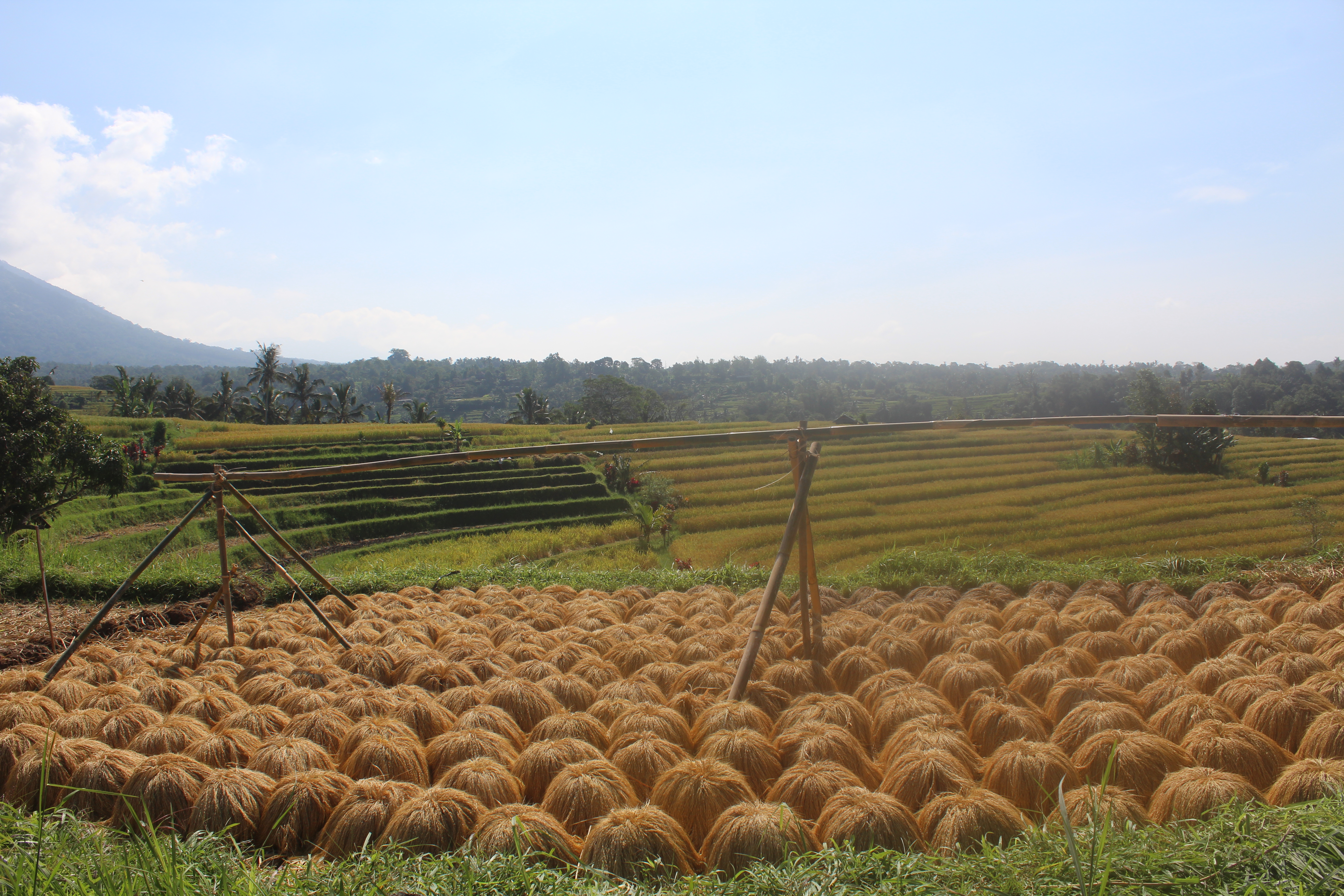
UNESCO World Heritage Site: The Jatiluwih rice terraces were designated as a UNESCO Cultural Landscape in 2012, recognizing their cultural and agricultural significance. They are part of Bali's unique subak system, which reflects the island's traditional and sustainable farming practices.
Centuries-Old Tradition: The subak irrigation system that sustains the Jatiluwih rice terraces has been in use for over 1,000 years. This ancient cooperative irrigation system is managed by a local organization that ensures fair water distribution among farmers.
Stunning Panoramic Views: The terraces cover an extensive area of about 600 hectares (1,480 acres), and they offer some of the most breathtaking panoramic views on the island. The layered rice paddies create a mesmerizing visual effect, especially during the growing season when they are vibrant green.
Organic Farming: Many farmers in Jatiluwih practice traditional organic farming methods, avoiding the use of chemical pesticides and fertilizers. This commitment to sustainable agriculture helps maintain the ecological balance of the area.
Varied Rice Varieties: The terraces grow a variety of rice types, including white, red, and black rice. Each type has its unique taste and texture, contributing to Bali's diverse culinary offerings.
Rice and Religion: Rice holds immense cultural and religious significance in Bali. It is considered a gift from the gods, and rice terraces like those in Jatiluwih are often the sites of sacred rituals and ceremonies to honor Dewi Sri, the goddess of rice and fertility.
Local Communities: The Jatiluwih area is home to several traditional Balinese villages. Visiting these villages can provide insights into the daily life and culture of the local communities, as well as opportunities to purchase handicrafts and interact with the friendly locals.
Bali's Most Important Crop: Rice is the staple food of Bali and forms the foundation of the island's cuisine. Almost every Balinese meal includes rice, and it plays a crucial role in religious ceremonies and traditional rituals.
Conservation Efforts: To preserve the beauty and cultural significance of the Jatiluwih rice terraces, various conservation and restoration initiatives have been undertaken in recent years. These efforts aim to maintain the terraces' traditional integrity while accommodating the needs of tourism.
Local Cuisine: When visiting Jatiluwih, be sure to try local dishes made from rice, such as Nasi Campur (mixed rice with various side dishes) or Nasi Goreng (fried rice). These dishes often incorporate the freshest ingredients from the surrounding terraces.
The Jatiluwih rice terraces are not only a visual masterpiece but also a living testament to Bali's cultural heritage and sustainable agricultural practices. Exploring this area provides a deeper understanding of the island's connection to its land and traditions. In conclusion, the Jatiluwih rice terraces in Bali offer a serene escape from the bustling tourist hubs of the island. This UNESCO-listed cultural landscape not only showcases the natural beauty of Bali but also the harmony between its people and the land. It's a place where you can immerse yourself in the rich traditions of Bali while being surrounded by the breathtaking beauty of its rice terraces - a true journey to serenity.
